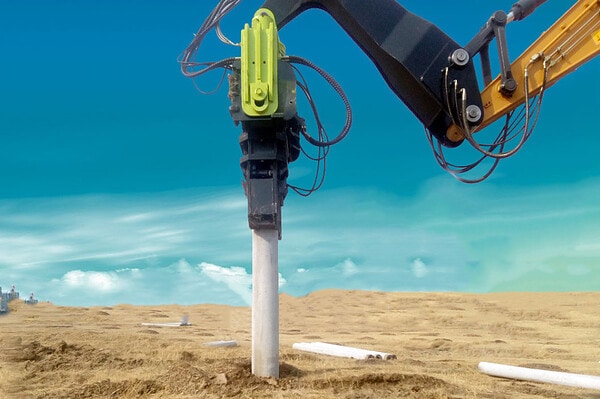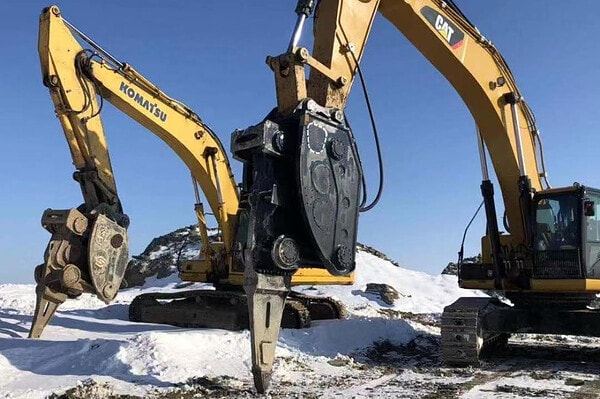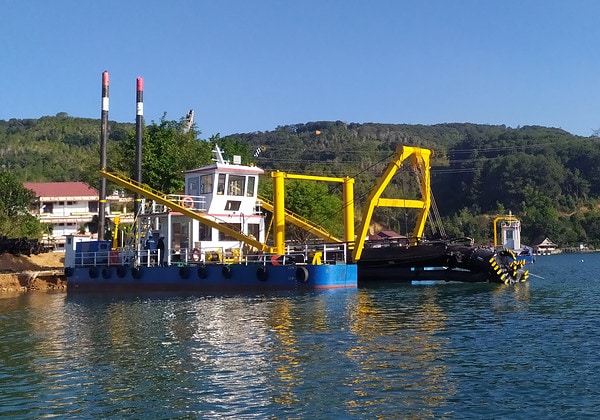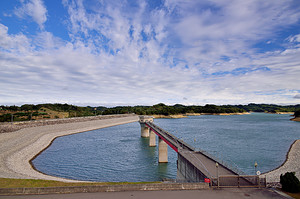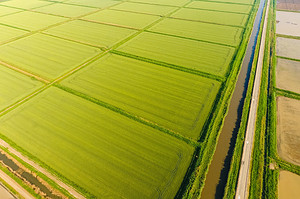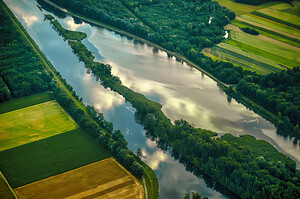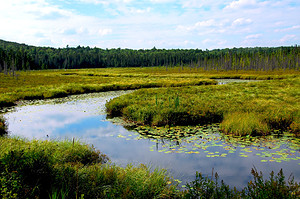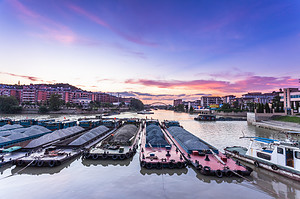Introduction to Dredging in Ports, Waterways, and Offshore Areas
The dredging of ports, waterways, and nearshore areas mainly refers to the removal of silt, sediment, and debris from the ports and waterways to maintain sufficient water depth and navigable status of the waterways.
Including:
- Port and waterway dredging: Ports and waterways in the nearshore and ocean often accumulate silt, sediment, and debris, limiting the passage of ships and port operations. The dredging project removes silt and sediment from the port and waterway, maintains the depth and width of the waterway, and ensures the safe passage of ships and the normal operation of the port.
- Protection of coastline and restoration of mudflat: siltation and erosion of coastline and mudflat will lead to retreat of beaches and changes of coastline. Dredging works can maintain the stability of coastline and restore the ecological function of mudflat through the removal and transportation of sediment.
- Debris removal: in addition to sludge and sediment, dredging also includes the removal of floating debris in ports and waterways, such as driftwood, Aquatic plant, garbage, etc. These debris may block the waterway and have adverse effects on shipping safety and efficiency.
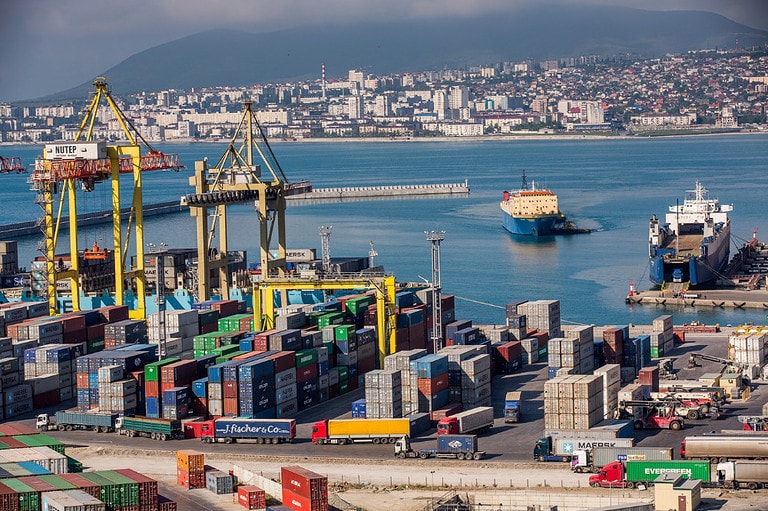
Benefits of dredging
The application of dredging engineering in offshore and ocean has important necessity and potential social benefits for shipping safety and efficiency, coastline and mudflat protection, submarine pipeline and cable maintenance, etc.
- Maintain navigation capacity of the waterway: Ports and waterways are key channels for ships to enter and exit the port. Regular dredging can remove silt, sediment, and debris, ensuring sufficient depth and width of the waterway to maintain the navigation capacity of ships.
- Ensuring shipping safety and efficiency: The accumulation of silt and sediment can lead to shallower water depths and restrict the passage of ships. Through dredging, a safe shipping environment can be provided, reducing the risk of accidents such as stranding and collisions, and improving shipping efficiency.
- Promoting trade and economic growth: Ports are important nodes in trade and economy. Maintaining smooth shipping channels can enhance the port’s throughput capacity, promote trade and economic activities, increase the import and export volume of goods, and promote trade and economic growth.
- Enhance coastal tourism and leisure industry: protecting the stability and ecological function of coastline and mudflat will help to provide beautiful beach landscape and diverse marine ecological environment, attract tourists and tourists, and promote the development of tourism and leisure industry.
- Protection of coastline and mudflat ecosystem: siltation and erosion of coastline and mudflat will destroy the ecosystem of the beach and affect coastal biodiversity and Balance of nature. Regular dredging can maintain the stability of the coastline, restore the ecological function of mudflat, and protect the health of the marine ecosystem.
- Improving environmental sustainability: dredging can improve water quality, reduce Eutrophication of water bodies and damage to water ecosystems, and promote environmental sustainability.
The dredging projects of ports, waterways, and offshore areas need to be planned and implemented under the principles of environmental protection and sustainable development, to ensure the sustainable use of marine resources and the health of marine ecosystems.
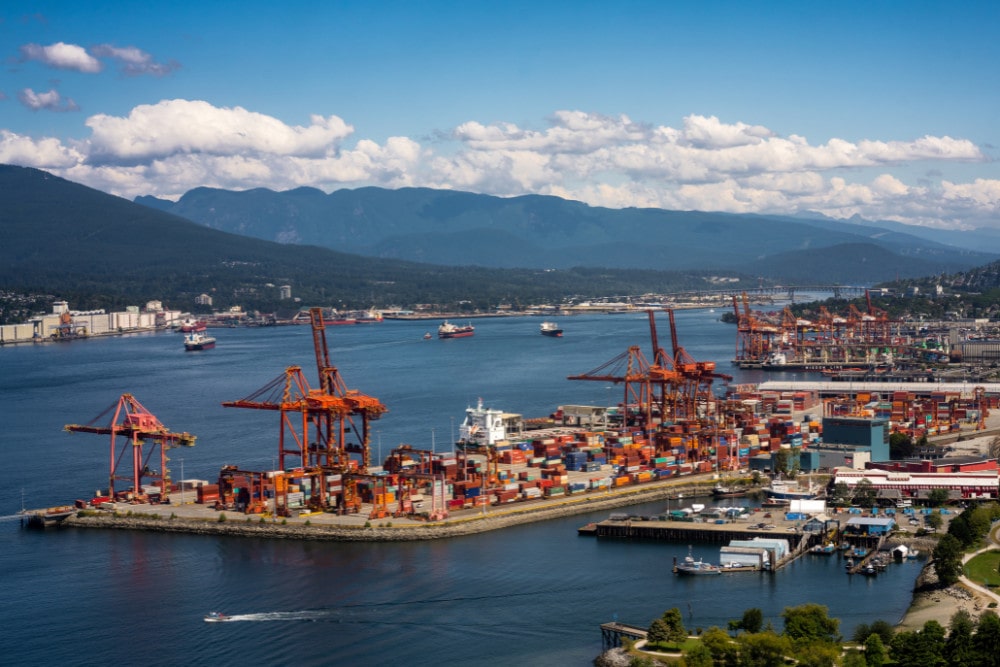
Brief introduction of X-Dredger equipment
X-dredger can provide dredging equipment including cutter suction dredgers, bucket wheel dredgers, trailing suction dredgers, excavator floating platforms, amphibious excavators, excavator extension arms, excavators, pile foundation construction equipment, etc. The selection of specific dredging plans depends on the specific requirements, objectives, and environmental conditions of the project site. Usually, appropriate equipment combinations are selected to complete dredging operations based on the scale of the operation, water depth, sludge characteristics, and other factors.
If you have any dredging needs, please feel free to contact us at any time. We can provide customizable, reliable, efficient, and cost-effective dredging products according to your engineering needs.

